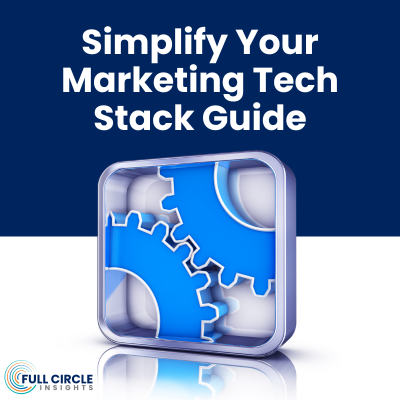Every business wants to accurately determine the value of its marketing campaigns. Successful companies need to measure marketing metrics like campaign ROI or campaign influence to determine how much value marketing is providing. I am not going to go into detail about any of these metrics, but just want to say if you can accurately figure out how your campaigns influence revenue or what the ROI of every marketing campaign is you will make the company brass very happy.
So what is the opportunity cost of NOT being able to accurately measure your marketing campaigns? Well the obvious one is the revenue you are missing out on because you are not using the right mix of marketing programs. But the other cost you may not think about is a little less tangible. That is the trust that the marketing department has from the executive team and its counterparts in sales.
Lets tackle the first opportunity cost.
Let’s say a company invests 500K: 300K in events and the rest in webinars, pay per click ads, videos, and social media campaigns and let’s also say every opportunity created in Salesforce has one campaign associated with it.
At the end of the year the numbers in Salesforce say that the revenue associated with all these marketing programs was 1.5 million. 3x ROI is pretty good but the marketing people’s intuition is that far more than one campaign is associated with every opportunity. Imagine if this company could see every campaign that touched each opportunity. Or could track which campaigns drove deals through the funnel more quickly? Or had the highest conversion rates from Marketing Qualified Leads to Sales Accepted Leads?
If the company had access to insights like those it could have tweaked its marketing mix at the end of every quarter to help accelerate deals through the pipeline by running campaigns with the best velocity metrics. Or it could have focused on running campaigns that have high conversion rates at the beginning of the quarter to generate more high quality leads for sales to work with. But more importantly we know that in today’s B2B selling environment prospects very rarely just interact with one campaign. So as marketers we need to be able to see every campaign that touched an opportunity and when so we can better figure out the buying cycle.
Had this company been able to see metrics like those perhaps they would have invested more heavily in pay per click ads at the beginning of each quarter because they saw those campaigns had higher conversion metrics. They also would have seen that webinars greatly advance the velocity of closing deals so they could have made a point to run more of those at the end of each quarter. Maybe even invested more in both those things then events depending on what the numbers said. The bottom line is that it is possible to generate more revenue with the same marketing budget if you optimize your marketing mix accordingly.
Think of it like an investment portfolio for your personal finances. There are many different types of assets to invest in but to maximize your return you need to analyze many different market factors and then weight your portfolio accordingly with the different stocks, bonds, commodities, etc.
So now a little about the second opportunity cost – trust.
Trust is less concrete then generating more revenue but can have a big impact on the effectiveness of your marketing department and also the overall company performance. Every company runs more smoothly when its departments communicate and work together. If you don’t have confidence in your marketing numbers or can’t prove marketing’s contribution to revenue then it sure is tough to have a real conversation with finance or sales. Plus the executive team will see marketing as a cost center and budget might be diverted away or you may never get the approval to try a new demand generation tactic.
Here’s another key point. When companies go through a difficult quarter (every company has this issue, marketing is the go-to place for cutting costs. It’s really easy for the CEO to cut the marketing budget because no people are involved in the reduction. But what if you could prove that by reducing the marketing programs budget by 10%, the management should expect a 20% reduction in revenue the following quarter? This kind of link between spend and revenue results will at least give marketers an argument of where to look for the reduction.
The best way to work on this problem is to have all your marketing reporting in a CRM system like Salesforce so the sales and executive teams have easy access to the numbers plus you need to use a solution that helps make sure that the numbers you are tracking are correct.
If you want to learn a little bit more about how to do this check out how to Optimize Your Marketing Mix in Salesforce.




